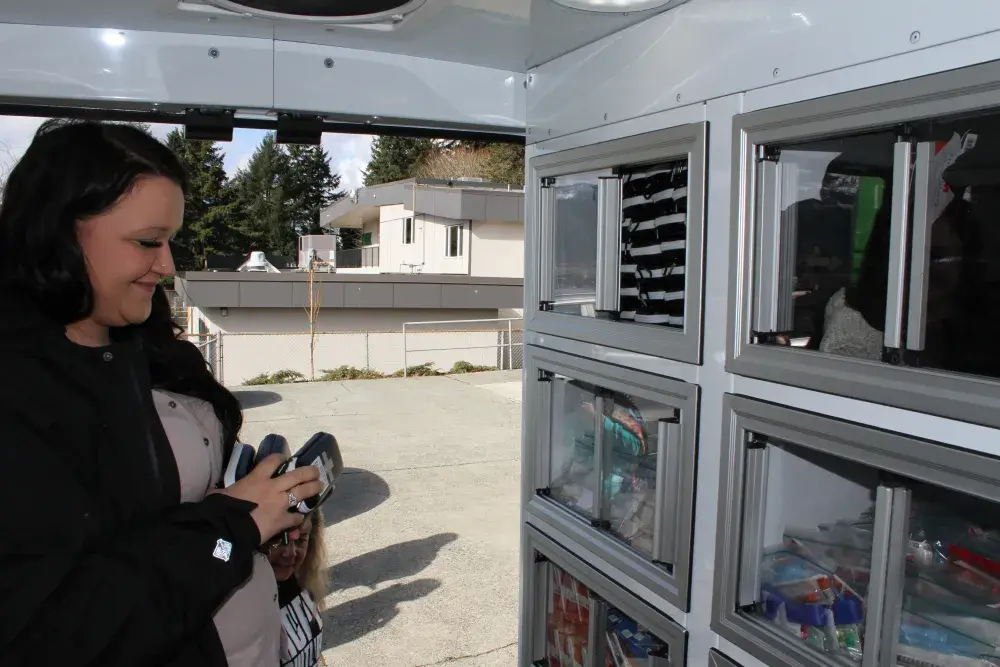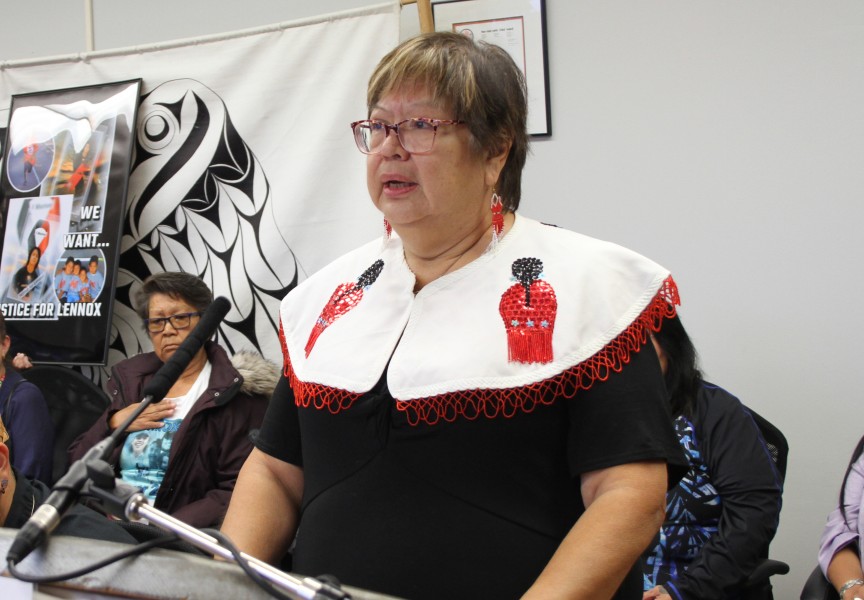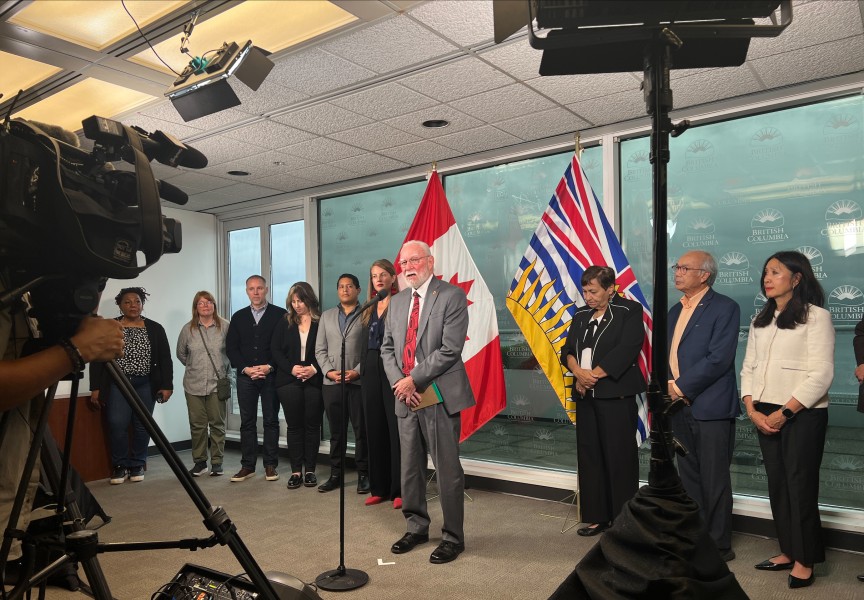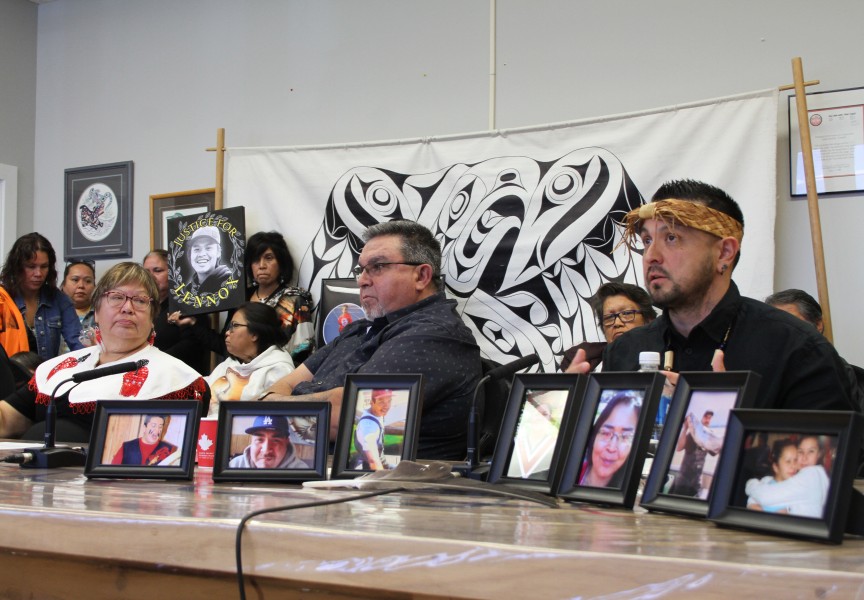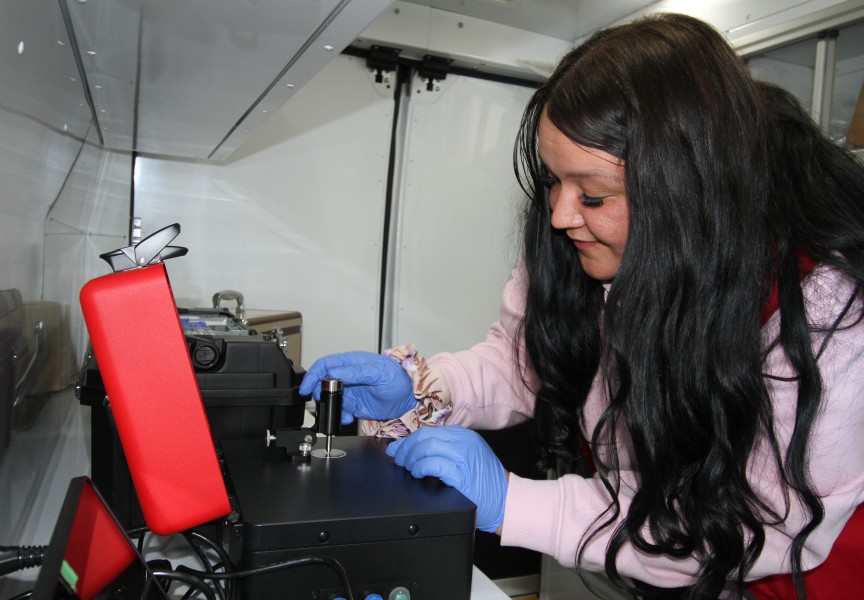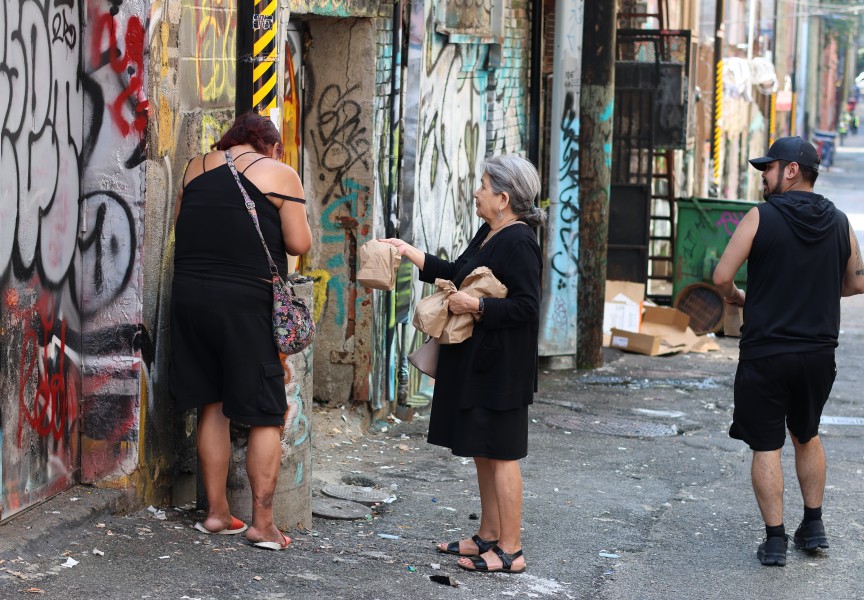Recent data from the BC Coroners Service is bringing encouraging signs for those fighting the ongoing overdose crisis, with the first half of this year showing the lowest fatalities since the early days of the pandemic.
But amid a complex social problem fueled by an increasingly toxic supply of street drugs, those tasked with finding solutions are still stressing the enormity of the public health emergency that has been in place since April 2016.
On July 30 the BC Coroners Service reported that at least 1,158 people have died from January to the end of June this year due to illicit drug use. This shows a nine per cent decrease from the same period in 2023 - lower than the first half of 2022 and 2021 as well.
With 181 deaths recorded in May and 185 in June, these most recent months also show a trending decline of fatalities. But at a rate of approximately six fatalities a day, illicit drug use remains by far the most common cause of death for B.C. residents aged 10-59, surpassing homicide, suicide, accidents and natural diseases combined.
“Every single one of these deaths is a stark reminder that there is more work to do,” said Jennifer Whiteside, B.C.’s minister of Mental Health and Addictions, in a statement responding to the recent coroner’s data. “There is no one solution that will end this crisis.”
In recent years the Alberni-Clayoquot region, which includes the Alberni Valley and Clayoquot Sound, has experienced higher rates of overdose fatality than most other parts of the province. But since early this year the trend has been encouraging, says Ron Merk, co-chair of the Port Alberni Community Action Team, which was assembled to respond to the opioid crisis.
“We’ve been on a downward trend since January of this year,” said Merk. “I’d like to think it’s the culmination of all the work happening, however, I think it’s a bit too soon for everyone to start patting themselves on the back.”
Last year Port Alberni had the second worst overdose death rate in the province, behind Vancouver’s notorious Downtown Eastside. Thirty people died in the region last year. But in 2024 this has improved, and Alberni-Clayoquot saw 10 overdose deaths over the first half of the year, said Merk.
“That’s amazing. Why? I’m also not sure, but a ton of people have been working on it,” he added. “We’ve had three peer workers out on the streets since January – I’d like to think they had something to do with it.”
The community action team operates under the principle of promoting harm reduction, which entails minimizing the hazards that illicit drug users face by directly connecting with them. This approach has gained prominence over the opioid crisis, amid the increasingly toxic quantity of street drugs. In 2024 fentanyl has been detected in 82 per cent of deaths, but other drugs have also complicated the street supply, according to a report released earlier in July from Provincial Health Officer Bonnie Henry.
“Because of the presence of illegally manufactured fentanyl-like drugs in the unregulated drug supply, along with other adulterants such as benzodiazepines and xylazine, a small quantity of unregulated drugs can be fatal,” stated Henry’s report, which came out July 9.
Part of the province’s response to the opioid crisis has been to promote the prescription of alternatives, like hydromorphone, to the unregulated street market. But Henry’s report indicates that the provision of these safer alternatives is falling far below the extent of illicit drug use. An average of 4,777 people were given prescribed alternatives each month in 2023, but the illicit drug supply is accessed by at least 165,000 people in British Columbia – showing an access rate of just three per cent.
Henry’s report noted an urgent need for more safer medical alternatives to be available. It recommends that the province explore the possibility of programs that would supply hydromorphone or other medications without a prescription – similar to “compassion clubs” that existed before marijuana was legalised.
“Ultimately, we cannot prescribe our way out of this crisis,” states the report. “The health-care system is not capable, nor is it designed, to scale-up services to address the needs of the tens of thousands of people who use drugs and to replace the widespread distribution of drugs that is currently occurring through the unregulated market.”
The province rejected this recommendation.
“This is a topic we do not agree on. The province will not go in the direction of compassion clubs and other non-medical models of distributing medications,” stated Minister Whiteside. “Prescribed alternatives to street drugs are an option to separate people who are at the highest risk of death and harm from the poisoned drug supply. This program builds a relationship between the patient and the prescriber, which makes it easier for people to get connected to additional supports and get into treatment and recovery.”
Early last year B.C. became Canada’s first province to decriminalize the possession of smaller amounts of illicit drugs, with a three-year Health Canada exemption under the Controlled Drugs and Substances Act. But with a provincial election on the horizon in the fall, the province scaled back its decriminalisation policy in May when the use of illicit substances was again prohibited in public places.
“While we are caring and compassionate for those struggling with addiction, we do not accept street disorder that makes communities feel unsafe,” stated Premier David Eby at the time.
Merk fears that this backtracking could end up reversing progress already evident in the opioid crisis.
“The whole idea of decriminalisation was to take the stigma out of the fact that people are using drugs,” he said. “The reason we wanted to do that was so that people aren’t afraid to go ask for help.”
For those struggling with substance use in Port Alberni – a community that has been called “ground zero” of the overdose crisis – more help be coming. In late July Island Health issued a request for proposals to bring 6-8 stabilization beds to the small city.
Currently people are waiting for months to get into a detox facility, said Merk.
“I know just from what people tell me, if they ask to go to detox, they’re looking at a minimum of six weeks, probably three months,” he said.

